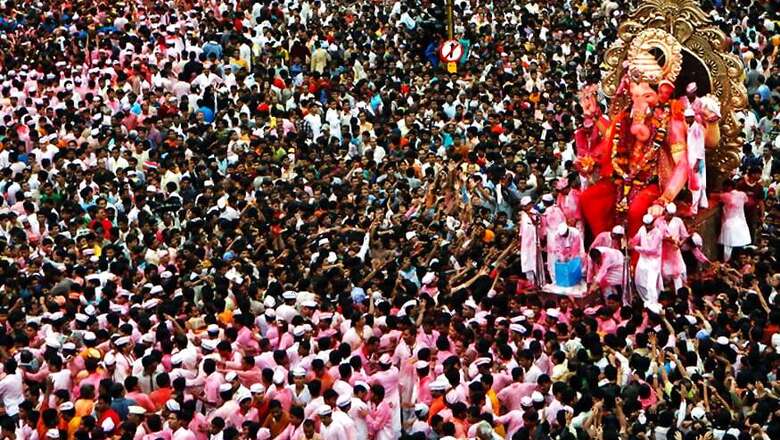
views
Ganesh Chaturthi, also known as Vinayaka Chaturthi is an Indian festival that marks the birthday of Lord Ganesha. This auspicious festival is observed in the month of Bhadra (mid August-mid September) according to the Hindu calendar.
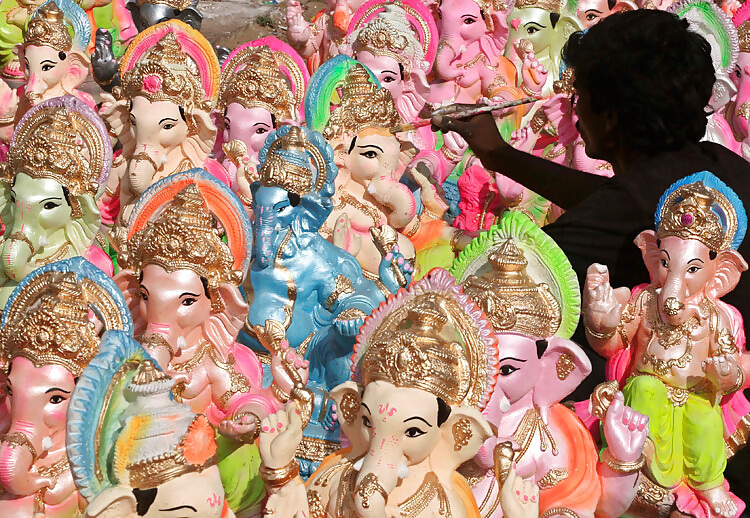
Ganesha, one of the most beloved gods is known by 108 different names in our culture. He is considered to be a symbol of good fortune, wisdom, prosperity and wealth.
This festival is celebrated with extreme devotion and joy in many states of India and even outside the country. Maharashtra, Goa, Kerela, Tamil Nadu are some of the cities that have been home to these celebrations since ages.
With Ganesh Chaturthi just a day away, we bring you the history and different traditions and rituals that are practiced during the Ganesh Utsav.
History
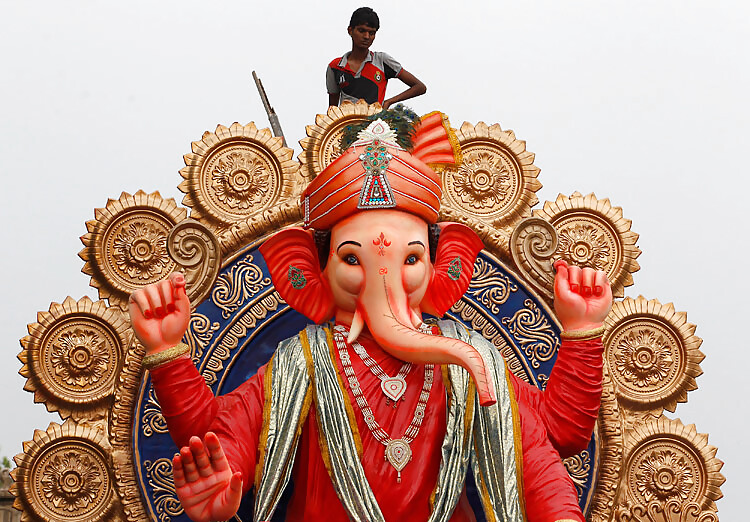
Out of all the stories linked to the history of this festival, the most relevant one dates back to the time of Lord Shiva and Goddess Parvati. It is believed that Parvati is the creator of Ganesha. The story says that Parvati used her sandalwood paste and created Ganesha in the absence of Shiva. She gave him the work of guarding her bathroom door while she was bathing. After Shiva returned home, Ganesha and Shiva got into a tiff due to which Shiva severed the head of the child. Witnessing this site, Parvati enraged and Lord Shiva promised getting Ganesh back to life. The followers searched for a child’s head facing north, but all they could find was an elephant’s head. And that’s how our Gajanana was born.
Traditions and Rituals
Weeks before Ganesh Chaturthi, excitement settles in. Various artistic clay models, varying in sizes and poses, are prepared by the artisans.
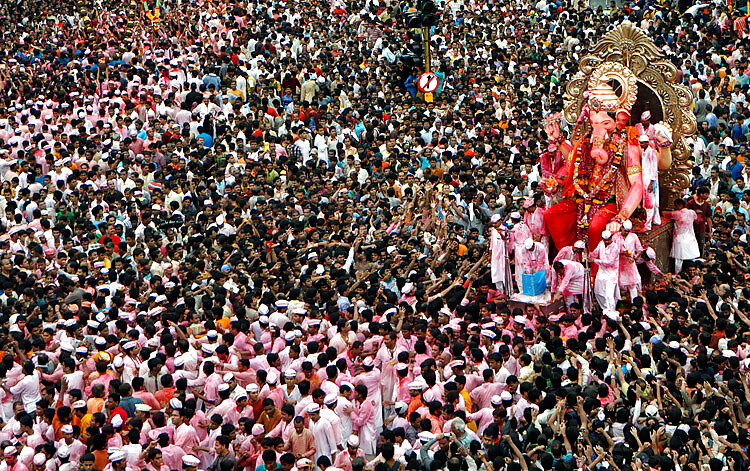
These statues are installed in colorfully decorated ‘pandals’ in homes, localities and temples. Garlands and lights add up to the beauty of the statue. A ritual known as Pranapratishhtha, that involves chanting of mantras by the priest is a common sight seen.
After this, the prayers are offered in 16 different ways in a ritual called Shhodashopachara.
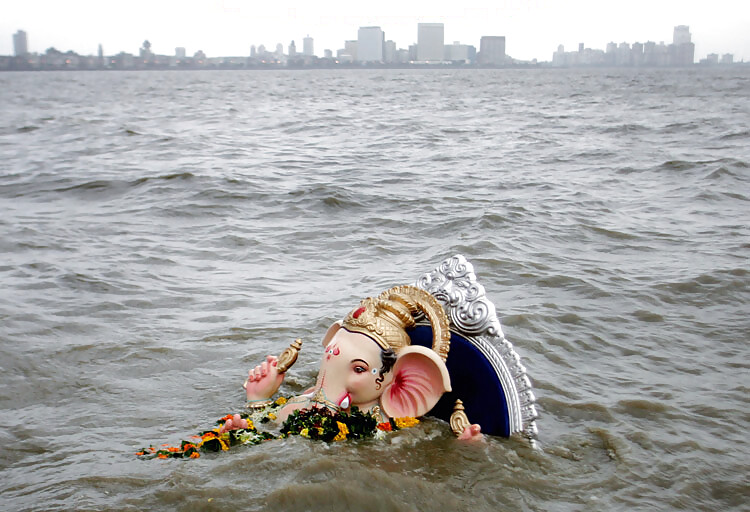
Finally, there is a ritual known as Uttarpuja, which means bidding farewell to lord Ganesha with due reverence. After this ritual, there is a ceremony of immersing the statue in water, which is known as Ganpati Visarjan.
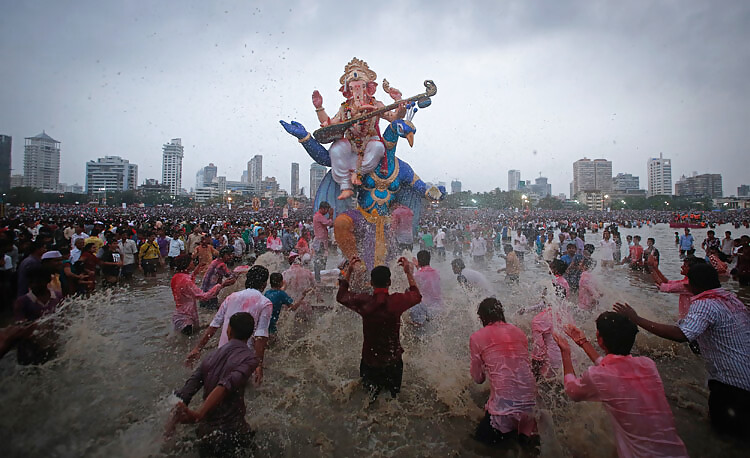
‘Ganpati Bappa Morya, a common chanting that evokes the feelings of devotees is commonly heard during celebrations.
This festival not only involves prayers, but also takes in account the time for cultural activities like dancing, singing, orchestra and theatre performances. A lot of community activities are also a part of the celebrations.
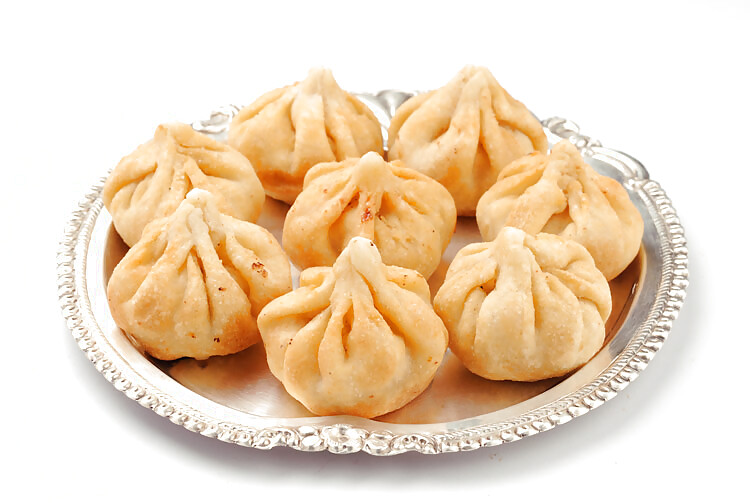
The main attraction for foodies in this festival is Modak, a dumpling of rice or flour stuffed with grated jaggery, coconuts and dry fruits. Karanji, similar to modak is another famous dish that makes an indispensable part of the celebrations.
(IMAGE COURTESY: REUTERS PICTURES)













Comments
0 comment